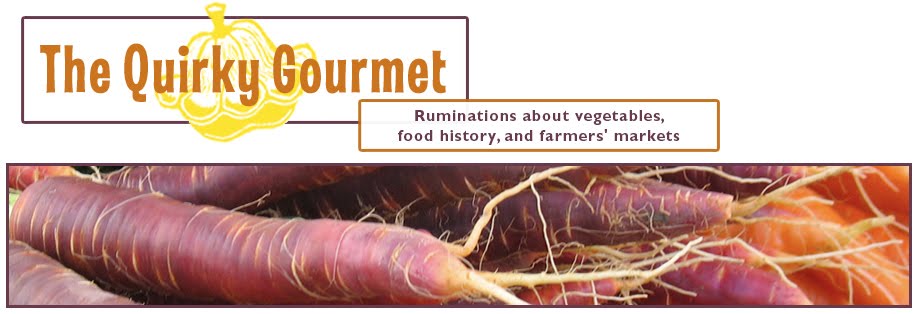Patty Pan tried an experiment this past summer. We began using better cheese, better corn masa, better corn, better beans, and better tomatoes. (Our quesadilla vegetables and our meat were already high quality and didn't need to be upgraded.)
But we didn't want to raise our prices. We pride ourselves on low prices and it felt important to continue offering a good value. Times are still hard.
We approached the question as a creative problem-solving exercise, analyzing the cost of each of our menu items and looking for ways to tinker. Here's an example: I've noticed for years that most of my staff used too much cheese when they made quesadillas.
Of course we didn't want to skimp on cheese, but when you use too much cheese it oozes out the sides, gets all over your spatula, and generally creates a sticky, unpleasant quesadilla-making experience. Over the course of making hundreds of thousands of quesadillas, I've found that it's easier to keep the cheese an inch from the edge of the tortilla. It spreads so the result is sufficiently cheesey, and you end up using a lot less cheese.
I'd tried to communicate this to my staff on various occasions, but somehow it didn't click and in the end it felt sensible to just pick my battles. But when we started using more expensive cheese, it became more urgent to get this point across.
We use twelve-inch tortillas. I asked a math whiz friend to calculate the area of an eleven-inch circle relative to the area of a twelve-inch circle. It turns out that an eleven-inch circle is thirty seven percent smaller that a twelve-inch circle. Thirty seven percent. So, armed with this information, I set out to make my point again. This time it clicked, my employees began keeping the cheese away from the tortilla edges, and we were able use higher quality, more expensive cheese without spending extra money on cheese.
We also revised our menus, putting the items with the best food cost percentages closest to the top. Folks tend to order more of items that are listed higher up on the menu. It cost a chunk of money to reprint five sets of menus, but it was a good investment and had the desired result: folks ordered more of those higher margin items.
Actually, we did raise one price: the kid's quesadilla. We raised it because we introduced a couple of varieties of kid's tamales and we wanted to get the parents on board with encouraging the kids to eat tamales rather than quesadillas. We figured we could achieve this by offering the kid's tamales for a lower price than the kid's quesadillas.
We think our kid's tamales are better products than our kid's quesadillas. They use better ingredients and they're much easier for us to heat and serve. They're also a better gateway product, one that is more likely to encourage kids to eventually try our adult tamales. There's a much smaller step between eating a small tamale with beans and a big tamale with beans than between eating a small white quesadilla with just cheese and eating a big red quesadilla stuffed with cheese and vegetables.
Now the numbers are all in, and we were excited to discover that our food cost percentage didn't change at all compared with last year, even though we upgraded our ingredients and, for all practical purposes, didn't raise our prices.
So here's the lesson: Don't believe any business that tells you it has no choice other than to raise its prices to cover increasing costs. Of course, there really are some situations when a business has no choice other than to raise its prices to cover increasing costs. But there are also so many ways to tinker with numbers and marketing strategies and find alternative approaches to make it all work.
In the end, we're limited only by our imaginations.

